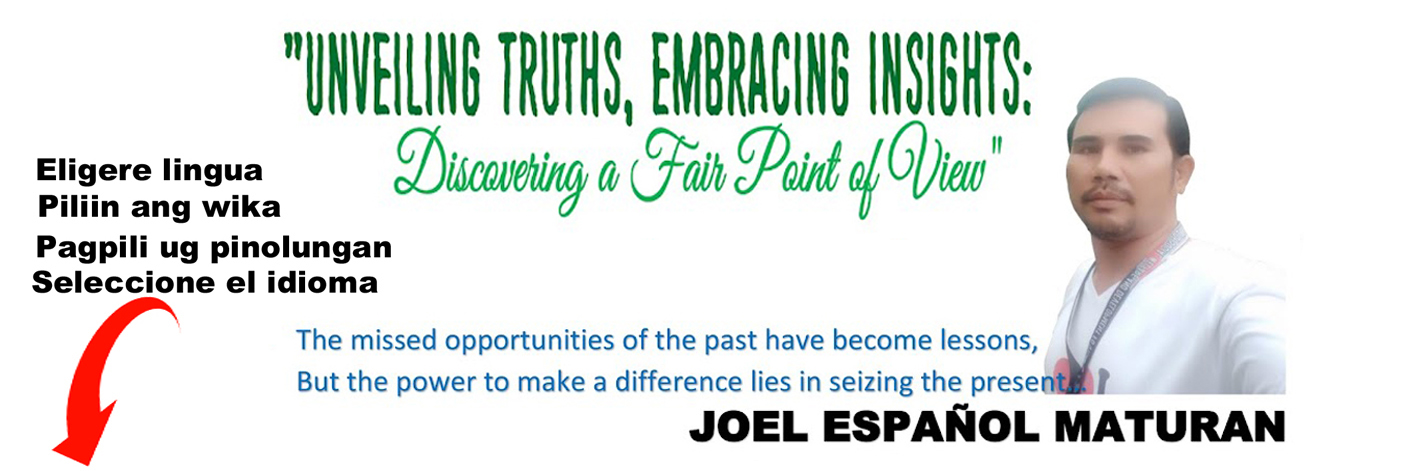As the Area Coordinator, it is my responsibility to conduct ocular visits to all urban barangays in the Province of Leyte, particularly in the municipalities of Tabango, San Isidro, and Villaba. My focus is on sitios or puroks where indigent or poor residents live, and I assess the degree of poverty in these areas. If the assessment indicates that 60% or more of the population is living in poverty, the Department of Social Welfare and Development (DSWD) will conduct a saturation enumeration. This means that all residents in the area will be included in the Third Round Household Assessment of the National Household Targeting System for Poverty Reduction (NHTS-PR) Program of the National Government.
In my assigned area, there are three barangays categorized as urban by the Philippine Statistics Authority (PSA): Barangay Campokpok and Poblacion in Tabango, Leyte, and Barangay Crossing in San Isidro, Leyte.
The first barangay I assessed was Barangay Campokpok in Tabango, Leyte. This barangay has 24 sitios or puroks scattered in remote areas, bordered by Cagnocot, Villaba, Leyte, and the mountainous parts of the municipality of Leyte, Leyte.
One of the sitios, named “Tahad,” is accessible only by dirt roads or man trails, and motorcycles can reach it only during sunny days. The area is ideal for picnics and adventurous motorcycle rides. The fresh air revitalizes the nerves, and the scenic view of the lower parts of the mountains, cultivated and planted with various vegetable crops, is breathtaking. The friendly locals are very accommodating to strangers. During my visit, I met Mrs. Cerela Talle, the wife of a farmer. Her husband, Mr. Florencio Talle, is one of the Barangay Tanods in Barangay Campokpok and resides in Sitio Tahad. The name “Tahad” refers to the practice of claiming a portion of land to cultivate and plant with rice, vegetables, and other crops, which is later abandoned as the person moves to another area.
There is a sitio named “Tahad.” The road leading to this place is categorized as a dirt road or man trails, accessible by motorcycle only during sunny days. The area is ideal for picnics and adventurous motorcycle rides. The fresh air revitalizes our nerves while we enjoy the scenic view of the lower parts of the mountains, which are cultivated and planted with various vegetable crops. The friendly locals are very accommodating to all strangers.
Upon my arrival, I met Mrs. Cerela Talle, the wife of a farmer. Her husband, Mr. Florencio Talle, is one of the Barangay Tanods in Barangay Campokpok and resides in Sitio Tahad. The name “Tahad” refers to the practice of claiming a portion of land to cultivate and plant with rice, vegetables, and other crops, which is later abandoned as the person moves to another fertile area. Locally, “tahad-tahad” means land claiming, agricultural cultivation, and then abandonment to transfer to another fertile land. Most people in this place have been following this farming routine for a long time.
Nowadays, Tahad is divided into two parts: Tahad 1, near Mt. Cantur-aw, and Tahad 2, located north of Tahad 1. Sitio Tahad 1 has a total of 93 households, while Tahad 2 has 82 households
 |
| Mr. JEMaturan with Brgy. Tanod Tatay Florencio and his wife |





